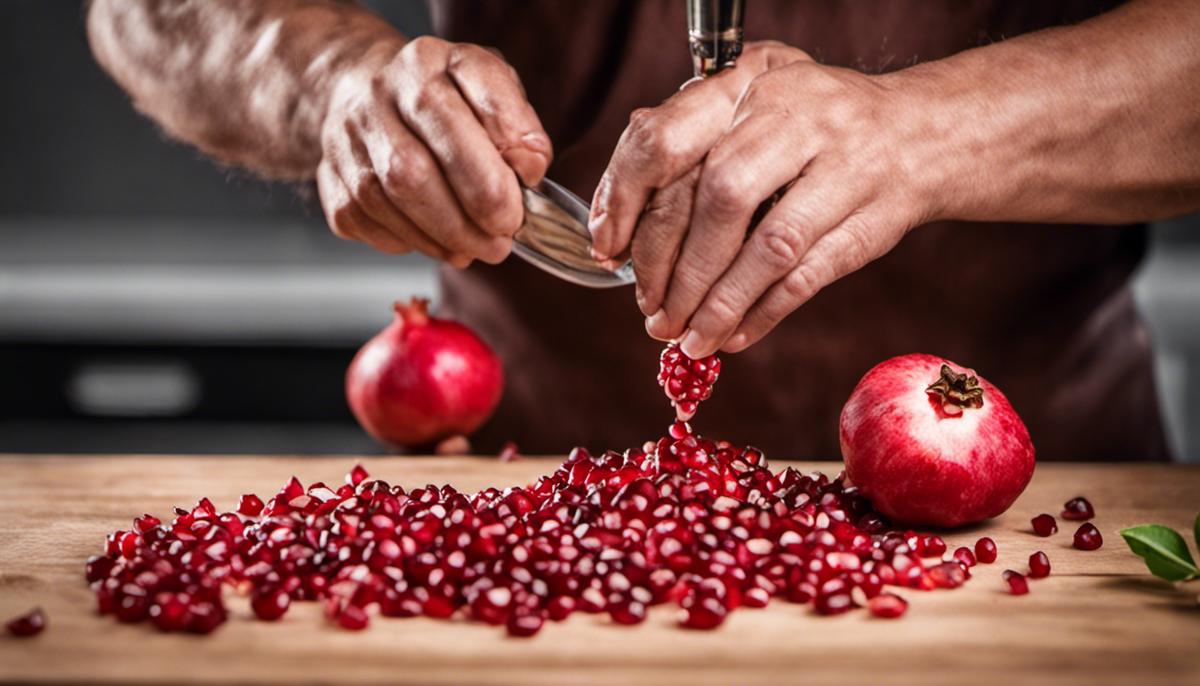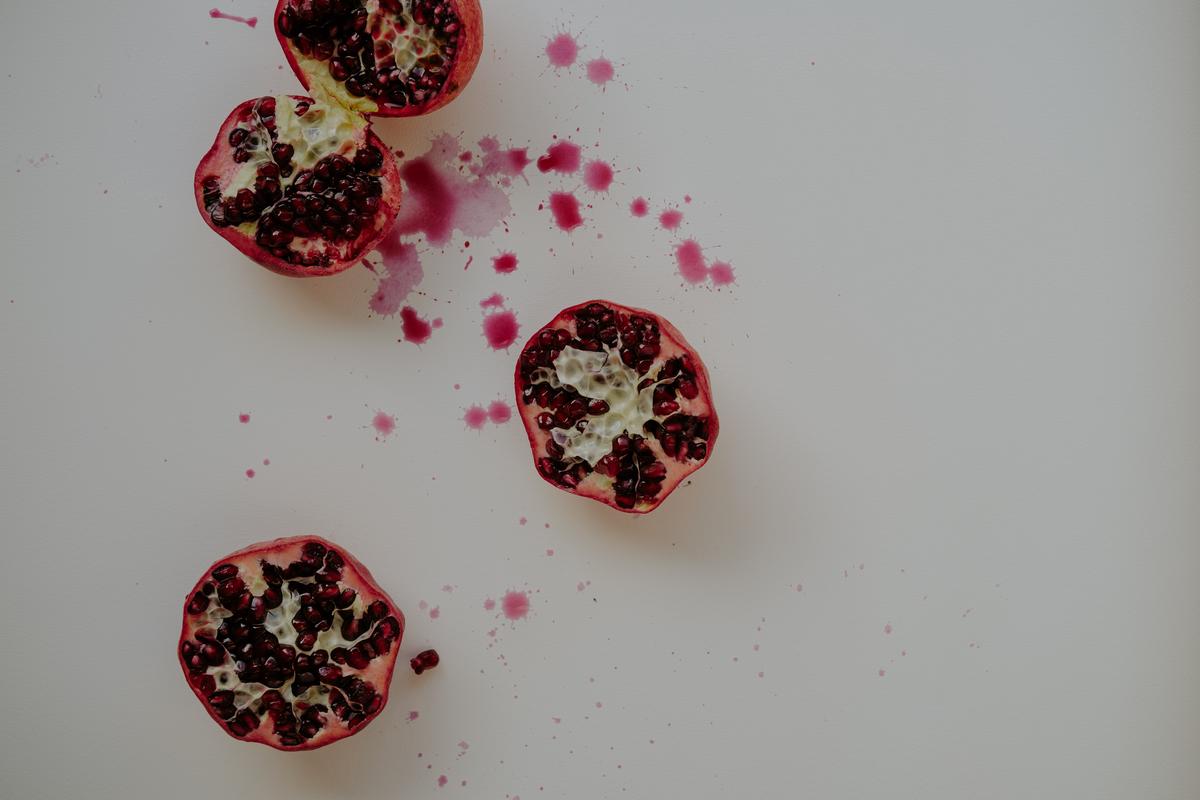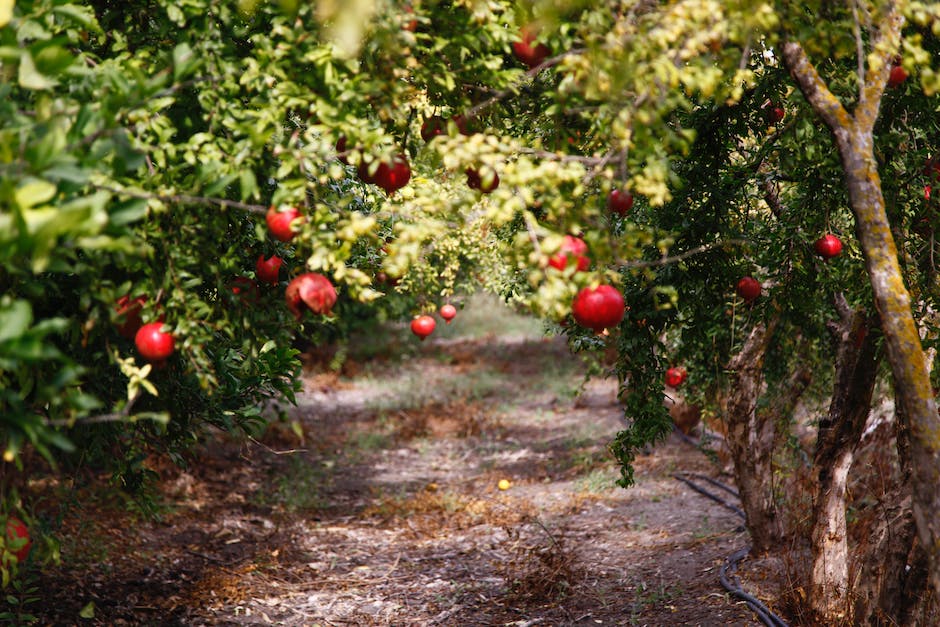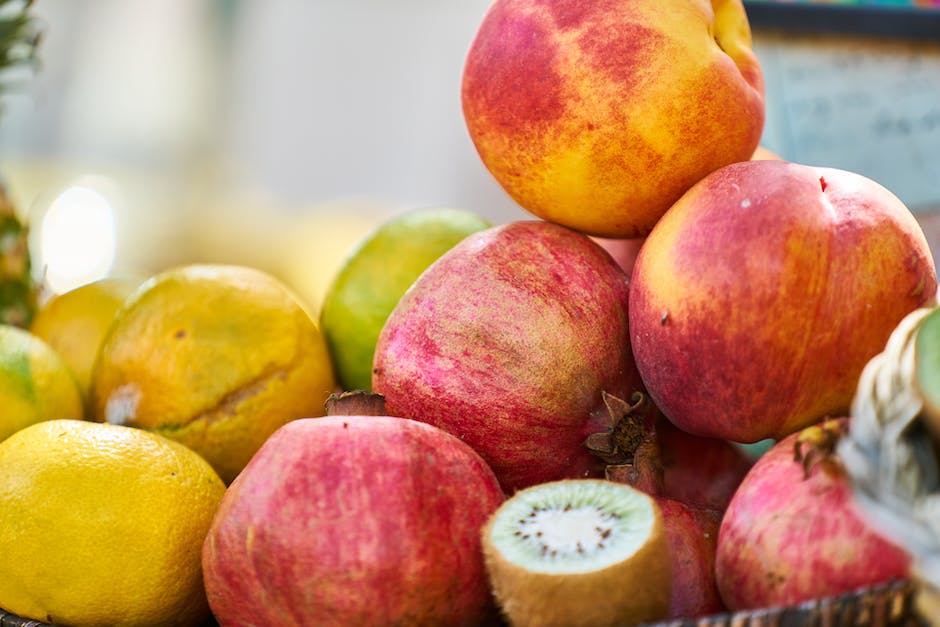Easy Guide on Growing Pomegranates from Seeds

In the intricate world of gardening, the journey of transforming a simple seed into a fruit-bearing tree is a thrilling adventure. One of the fruits that offer such an exciting gardening experience is the pomegranate. Known for its succulent seeds or ‘arils’ and numerous health benefits, these exotic fruits can be surprisingly easy to grow, providing satisfaction and luscious fruit right in your backyard. From the vibrant city of Los Angeles to the quiet outskirts of Georgia, you too can foster the growth of these ruby-like jewels, garnering knowledge about the right process of extraction and seed preparation, understanding the essential factors in planting and care, and mastering the techniques in transplanting and long-term care.
Seed Extraction and Preparation
A Step-By-Step Guide to Extracting and Preparing Pomegranate Seeds for Planting
Pomegranate trees (Punica granatum) can bring something exotic to any gardener’s backyard. Not only are the fruits deliciously juicy and incredibly nutritious, but the flaming-red flowers that adorn the trees in the summer are also nothing short of stunning. An exciting aspect of this wonderfully versatile plant? Growing one from a seed! Let’s delve into the exhilarating world of pomegranate seed extraction and preparation that every green-thumb enthusiast should know.
Step 1: Choosing the Pomegranate
Not all pomegranates are created equal. When it comes to picking one suitable for seed germination, freshness is the key. Go for a ripe, preferably organic, pomegranate that has firm skin and feels heavy for its size.
Step 2: Seed Extraction
The first step in the evolution of a pomegranate seed into a thriving tree involves its successful extraction from the fruit. Cut the pomegranate into quarters and place it in a bowl of water. The water helps to reduce the juice splash, which can stain. Then, simply push the back of the rind; the seeds should easily pop out.
Step 3: Rinsing and Drying
Once the seeds have been harvested, rinse them under cold water to get rid of any lingering pulp. The leftover pulp can lead to fungal growth, rendering the seeds useless for planting. After rinsing, dry them thoroughly on a paper towel.
Step 4: Seed Striation (Optional)
This somewhat controversial step involves slightly scarring the seed coat to enhance germination. While some gardeners swear by it, others argue that it can damage the seed. Should you opt for seed striation, gently rub a few seeds on fine-grit sandpaper to roughen the surface. Proceed with caution!
Step 5: Soaking the Seeds
Next, place the cleaned and optionally scarified seeds in a bowl of lukewarm water for about 24 hours. This process hydrates the seeds and kick-starts the germination process.
Step 6: Stratification
After soaking, it’s time for stratification. This is a fancy term for tricking the seeds into thinking they’ve been through winter, which increases germination success. Add the seeds to a handful of peat moss or sand in a plastic bag, mist it lightly with water, seal the bag, and place it in the refrigerator for about six weeks.
Step 7: Planting
Lastly, the seeds are ready for planting. Fill a container with a good-quality potting mix, plant the seeds about half an inch deep, and keep the soil moist. With time, patience, and a bit of luck, a new pomegranate tree – born from tiny seeds awoken from their winter-like slumber – will break through the surface, fueled and ready to grow!
And there you have it! The process may be a bit involved, but just imagine the thrill of watching a tree you’ve nurtured from a seed blossom and thrive! It’s an experience worth every bit of effort. Happy planting, pomegranate enthusiasts!

Photo by foodism360 on Unsplash
Planting and Care
The Thrill of Pomegranate Cultivation: The Next Level
As musty, rich fragrance of the soil fills the air, the magic of pomegranate gardening surely takes ahold. Growing this fruit, with a thousand edible seeds, this journey goes beyond plonking a sapling into dirt. It’s about starting from scratch, nurturing life from seed, and experiencing the rewarding process unfold. For those ready to embark on this adventure – welcome to the next level in pomegranate cultivation.
So, where to go after the seedlings are set? Those healthy, tiny sprouts are ready for the next chapter.
Transferring Seedlings: A First Step to Independence
Here’s where it can feel slightly nerve-racking, but fear not. Those young seedlings are more resilient than they seem. Around 6-8 weeks, once a set of true leaves emerges, it’s time for a room of their own. Using a spatula or spoon, gently lift the root ball, avoiding any damage to delicate roots. Each seedling now goes into its individual pot, a mix of potting soil and compost providing optimal nourishment.
Sun, Water, Repeat: The Simple Joy of Nurture
Despite being a Mediterranean native, the pomegranate doesn’t need a tropical vacation. Establishing a system of regular, deep watering and sunny conditions will make these youngsters thrive. Remember, moderation is key – overwatering can lead to root rot, a perilous condition for young plants. Consider a sunny window or a grow light during the colder months, ensuring they get 5-7 hours of sunlight daily.
Feeding For Growth: The Essential Nutrients
As weeks turn into months, those young pomegranate trees have quite an appetite. Supplementing the soil with a balanced, slow-release fertilizer aids in developing a strong root system and vibrant foliage. Just remember, spring and early summer are the prime time for feeding, but autumn and winter are for resting.
Guardians Against Pests: Embracing Organic Measures
Unfortunately, the world of gardening is not without its adversaries – pests. Aphids, whiteflies, and mealybugs can all pose threats to these fledgling trees, but there’s no need for harsh chemicals. Simple solution: a mixture of water and mild dishwashing soap sprayed onto the foliage acts as a deterrent. For those persistent bugs, consider introducing beneficial insects like ladybugs to the scene.
Patience: The Most Valuable Tool
One thing pomegranate cultivation adeptly teaches is patience. It’s about long-term commitment. Transformation from seed to tree, and finally fruit-bearing, can indeed take years. Yet the joy of staring at the first flower, the excitement of beholding the first fruit, it’s an unmatched feeling.
Just take a moment and imagine: the radiant burst of the first ripe pomegranate from your tree, releasing a shower of ruby red seeds, filled with tangy sweetness. That moment of triumph makes the journey truly worthwhile. Planting, nurturing, protecting – every hour spent becoming a symphony celebrating the miracle of life. Let’s unlock the magic of growth with pomegranate cultivation!

Transplanting and Long-Term Care
Setting the Stage for Successful Transplanting of Pomegranate Seedlings
Successful pomegranate cultivation involves meticulous attention to detail, especially when it comes to transferring seedlings to their own separate containers. Let’s unleash the secret to transplanting pomegranate seedlings effectively!
After about 6-8 weeks, once the seedling has sprouted well, and the second leaf pair appears, it’s time to transplant them into their individual pots. Just be gentle during the transplantation process to avoid damage.
The size of the pot matters! Pick a container that’s about 15-20 inches in diameter, sufficiently wide and deep for the pomegranate tree to flourish. Ensure the selected pot has proper drainage holes to prevent overwatering, the main cause of seedling death.
It’s Party Time for the [Sun and Water]
The young pomegranate’s cravings for sunlight and water are almost insatiable. Provide a generous six hours of sun exposure per day, and water them regularly. But remember – don’t drown them! Allow the soil to dry slightly between watering sessions to avoid waterlogged roots.
The care you show during this period will pave the way to strong, healthy growth in the future. In their growing season, maintain a consistent watering schedule. As winter approaches, scale back slightly.
The Magic of a Balanced Fertilizer
Just like humans need nutrient-rich food for growth, pomegranate trees need a balanced fertilizer to gain strength. Fertilize the young trees once a month with a balanced, slow-release granular fertilizer, like a 10-10-10. However, always remember the golden rule: less is more. Over-fertilization can lead to an accumulation of salts in the soil that could harm the tree.
Organic Pest Control: The Batman of Pomegranate Trees
Unwanted pests can rob your pomegranate tree of its vitality. Integrated pest management, which involves combining cultural, organic, and chemical measures, does wonders to safeguard the tree’s health. In the realm of organic pest control, introducing predatory insects that feed on harmful bugs can be a game-changer.
The Power of Patience
The world of pomegranate cultivation is not for the impatient. Growing these ornamental and fruit-bearing beauties takes time. It typically takes three to four years for a pomegranate tree to bear fruit. So the watchword here is patience. With consistent care and attention, your pomegranate tree will flourish, rewarding you with its vibrant flowers and delicious fruits.
This journey, from nurturing pomegranate trees from seeds to maturity, requires dedication, patience, and lots of love. But the joyful sight of a thriving pomegranate tree and the taste of its delicious fruit will make you forget all the hard work. The experiences and challenges on the path to successful pomegranate growth can also serve as great teachers in this journey called life.

Through this wonderful journey of cultivating your own pomegranate tree, each day offers a unique learning experience. One day you are preparing the seed, the next you are nourishing maturing seedlings, and eventually you get to witness the tree’s first budding fruits. The sweat you break, the patience you exhibit, and the care you provide all contribute to creating a story beyond just planting a tree. It creates an engaging quest where every step contributes to the big reward- a beautiful flourishing tree with enticing fruits that can be relished for years. So embark on this journey of fostering nature, exploring the adventure that pomegranate-growing offers. After all, there’s nothing quite like taking a bite from a fruit that you have grown and nurtured yourself.



